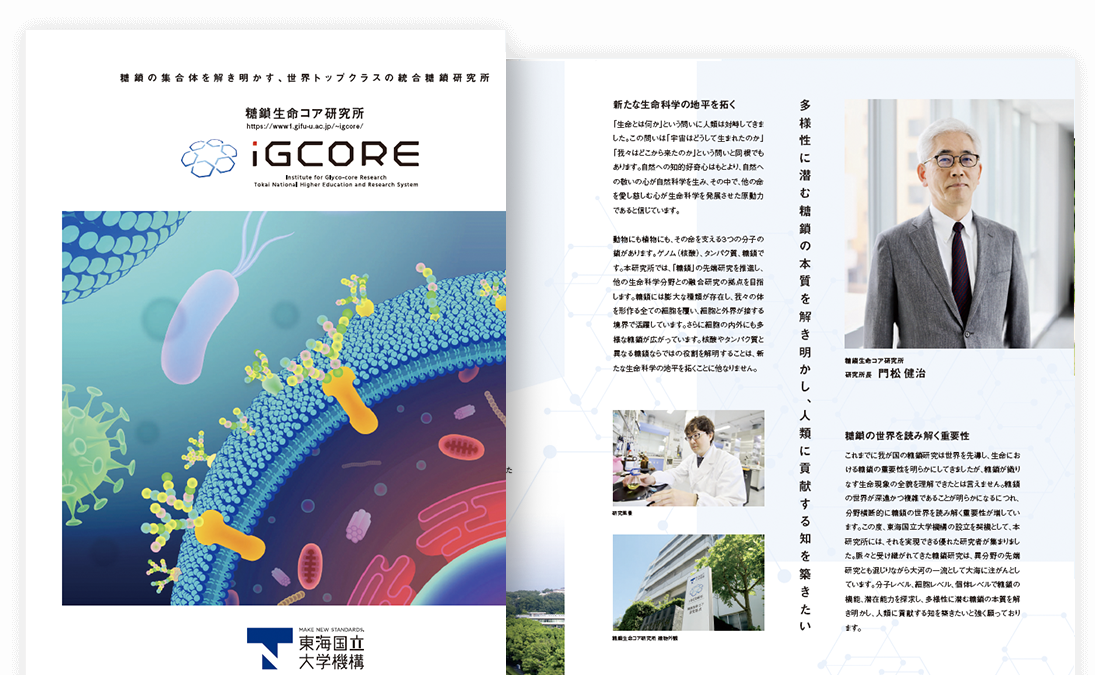Adenosine diphosphate (ADP) or adenosine triphosphate (ATP)-containing important biological molecules can modify macromolecules like proteins and nucleic acids to alter their function in the cell. Synthesizing ADP- and ATP-containing molecules using traditional methods is challenging, however. A new chemical reaction has greatly improved the amount of synthesized ADP- and ATP-containing molecules created during a reaction, allowing researchers to use and better understand the function of these molecules in the cell.
Traditional methods of generating ADP- and ATP-containing molecules suffer many drawbacks, including complex procedures, drying conditions, low reproducibility and low reaction yields. Additionally, many of these reactions can only accommodate a narrow range of molecules that can construct an ADP or ATP framework, limiting their usefulness.
To address this issue, a team of researchers developed a new chemical reaction that reliably produces ADP- and ATP-containing molecules with high yields. To do this, the team modified a coupling reaction to create ADP- and ATP-containing molecules including nicotinamide adenine dinucleotide (NAD+, a molecule involved in energy metabolism) analogs.
The team published the study in the July / 19th issue of Chemistry: A European Journal.
News Release for this research: https://www.eurekalert.org/news-releases/1052817
【Paper Information】
Rui Hagino, Ryo Kuwabara, Naoko Komura, Akihiro Imamura, Hideharu Ishida, Hiromune Ando, Hide-Nori Tanaka.
Protecting-Group-Free Synthesis of ADP-Ribose and Dinucleoside Di-/Triphosphate Derivatives via P(V)-P(V) Coupling Reaction
Chemistry-A European Journal
DOI: 10.1002/chem.202401302
URL: https://chemistry-europe.onlinelibrary.wiley.com/doi/10.1002/chem.202401302





